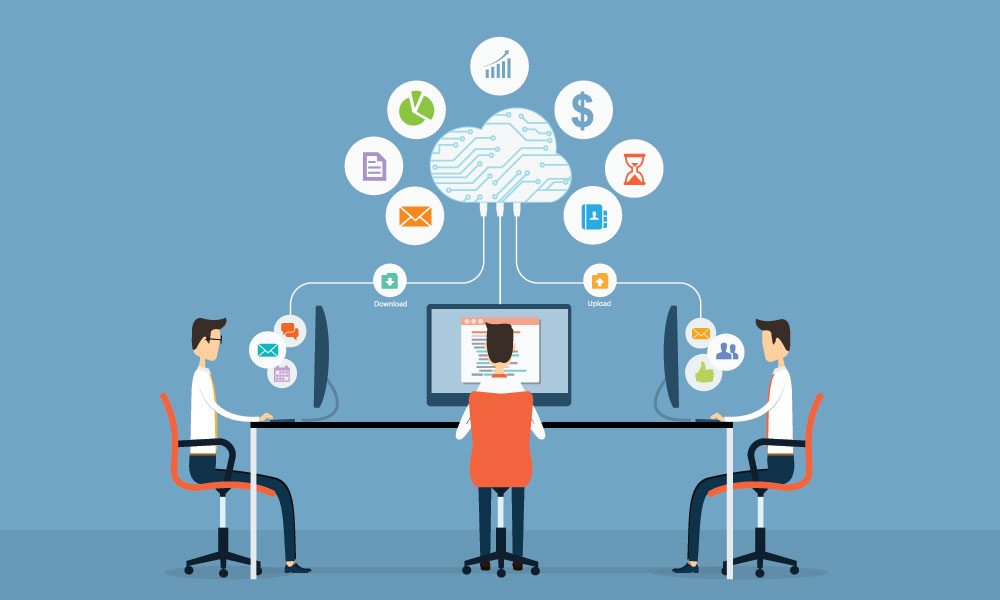By Angela Evans, Office Business Leader at Microsoft UK
“In recent years, the cloud has undoubtedly established itself as a key cog in the enterprise IT wheel. With clear benefits in data storage, security and recovery, 96% of businesses have implemented cloud services to reap both short and long-term advantages. As the technology has embedded itself as a cornerstone of IT infrastructure, the knock-on benefits in flexibility and collaboration are being felt in and around the workplace and much like the Internet transformed how we work, cloud computing has similar potential.
“For a while, the workplace itself has been undergoing an identity crisis of sorts, with many questioning its overall value and purpose. Whereas tools and technology, including the cloud, have evolved enough to allow employees to work productively from virtually any location. So much so that employees often expect this flexibility from their employer with the ability to ‘connect with the mothership’ and engage with documents remotely. So which approach is right for the future workplace, giving employees the ability to work productively from anywhere, or coming together for connection and collaboration? Fortunately, with the right tools and technology, businesses don’t have to choose between approaches; with the cloud, they can do both.
“The cloud explosion, alongside new device types and ubiquitous connectivity, is redefining how people use technology in every aspect of the workplace. More and more businesses are embracing the cloud to take on new tools and techniques which allows users to do more from wherever they reside. Take Microsoft Teams for example, Microsoft Teams brings together the full breadth and depth of Office 365 to provide a true chat-based hub for teamwork and give businesses the opportunity to create a more open, fluid and digital environment. Out of the box, Teams leverages identities stored in Azure Active Directory and integrates with the other services within Office 365, to create a cloud-based SharePoint online site and an Exchange Online group mailbox for each team. Only possible through the cloud, such tools are increasingly becoming the norm as workforces demand mobility as a minimum.
“Now and in the future, the cloud is helping more and more organisations to weave teams together, empowering employees to complete their tasks without being tied to the office desk. As more of our interaction takes place in the cloud, the more rich data gets created and stored – ready to be used to make teams and employees even more connected and productive down the line. With the analytic capabilities built into apps and devices today, individuals, teams and businesses can get granular insight into how they’re performing. This use of data stretches well beyond enabling employees; it’s simply the fuel that powers the digital transformation of tomorrow.
“It will be those that embrace workplace cloud technologies today that will get ahead and stay ahead in the era of digital disruption. As a catalyst, the cloud and its technologies make it possible for users to adopt secure, highly reliable platforms for exchanging ideas and collaborating, whether in or out of the office. Maintaining a responsive, modern workplace fuelled by the cloud will be essential if businesses are to be successful in the long term, as the traditional office becomes obsolete.”



